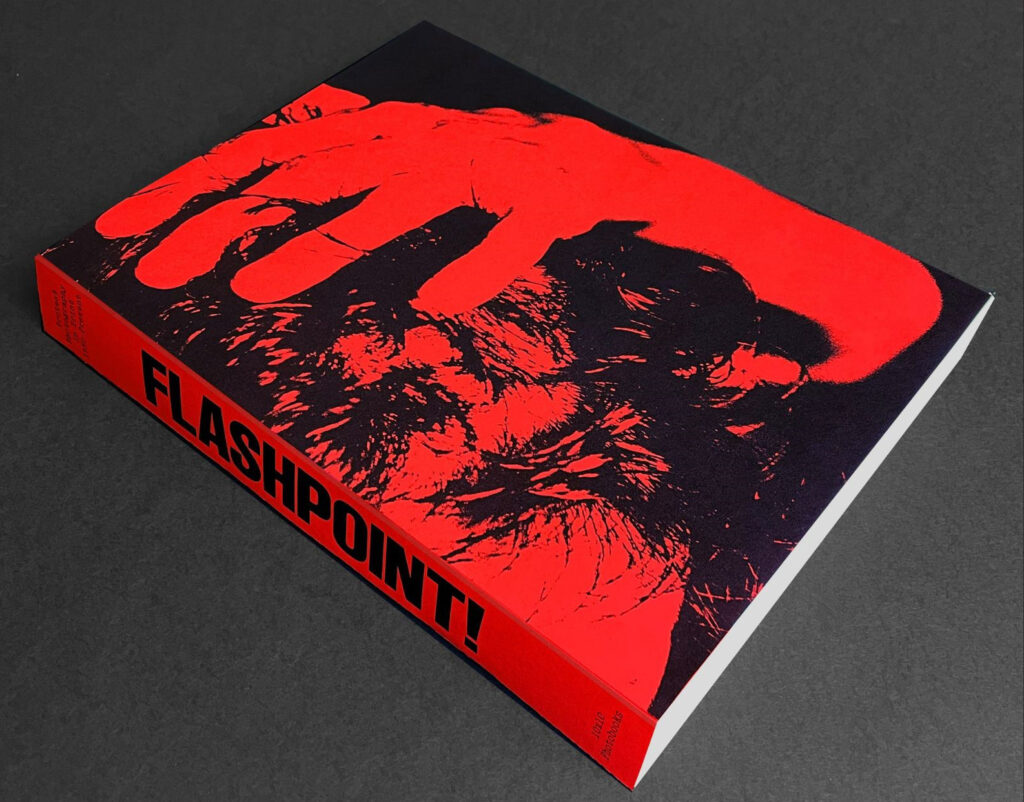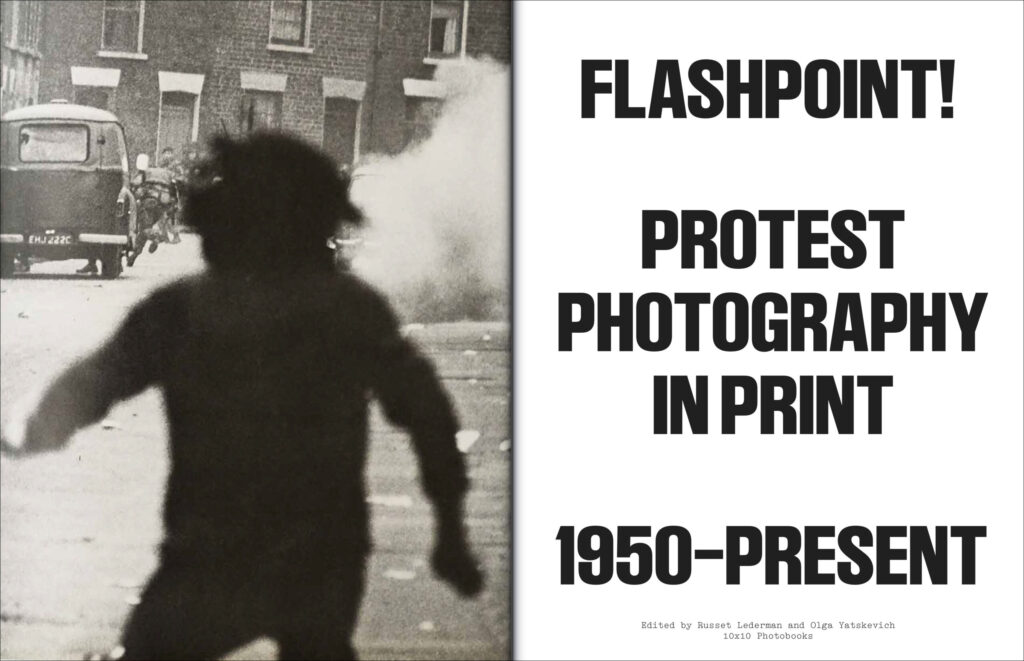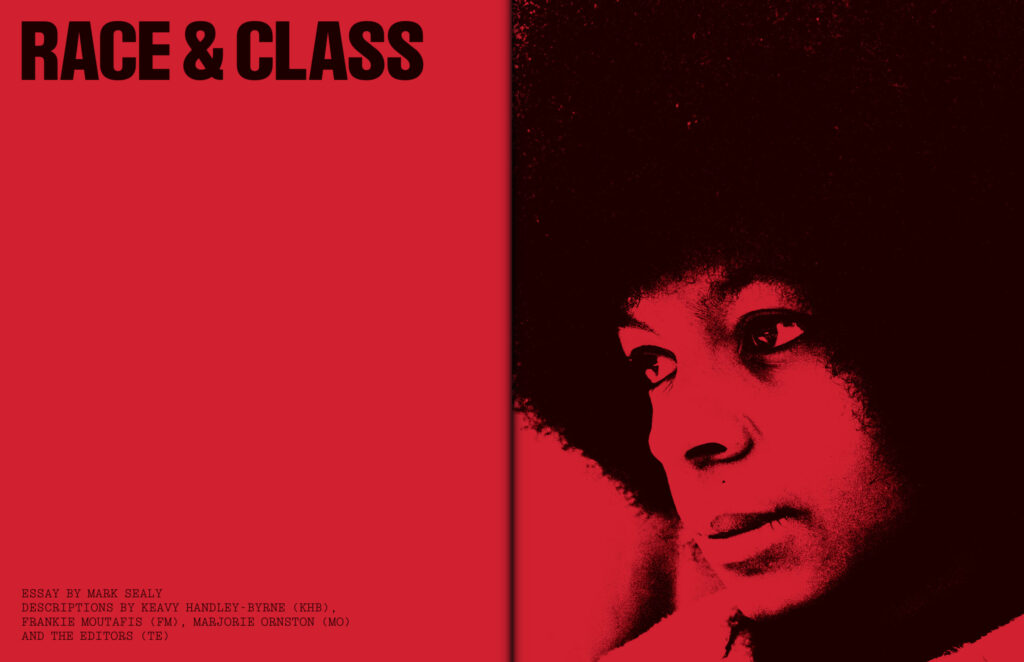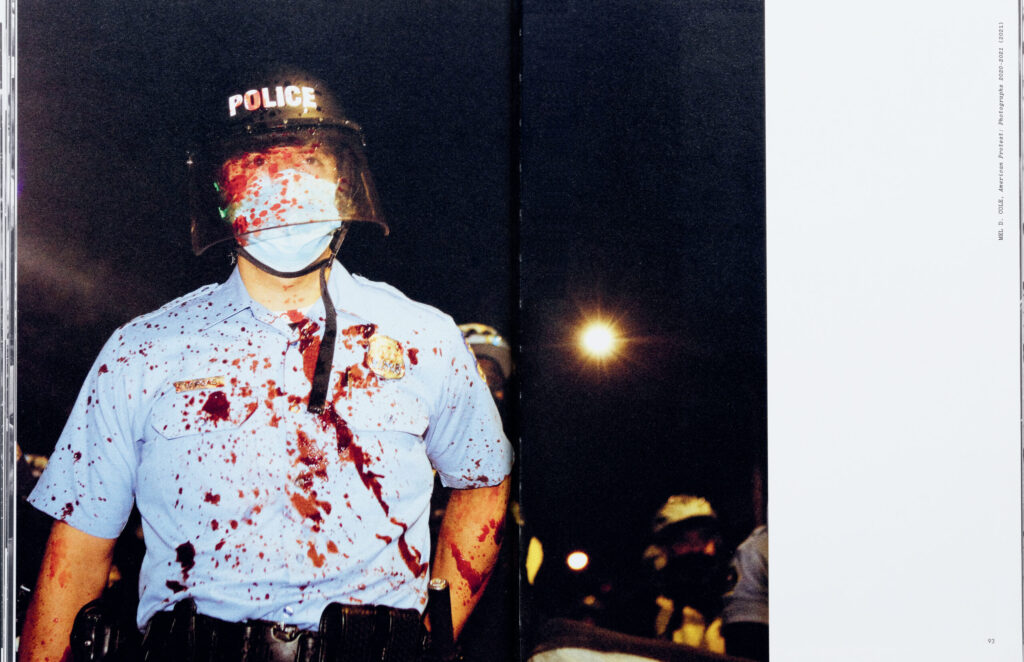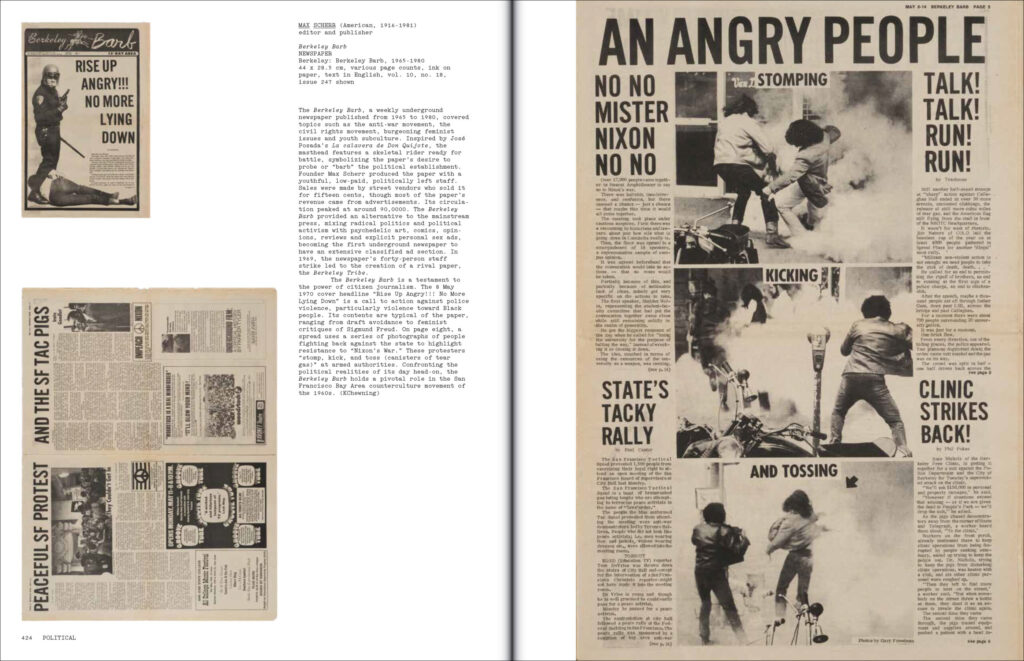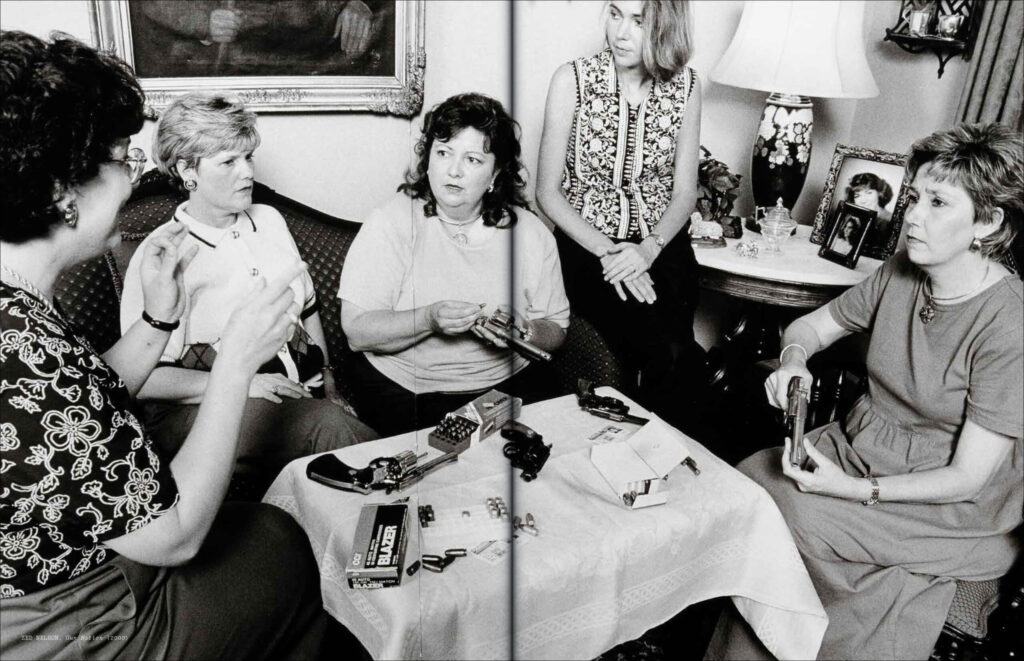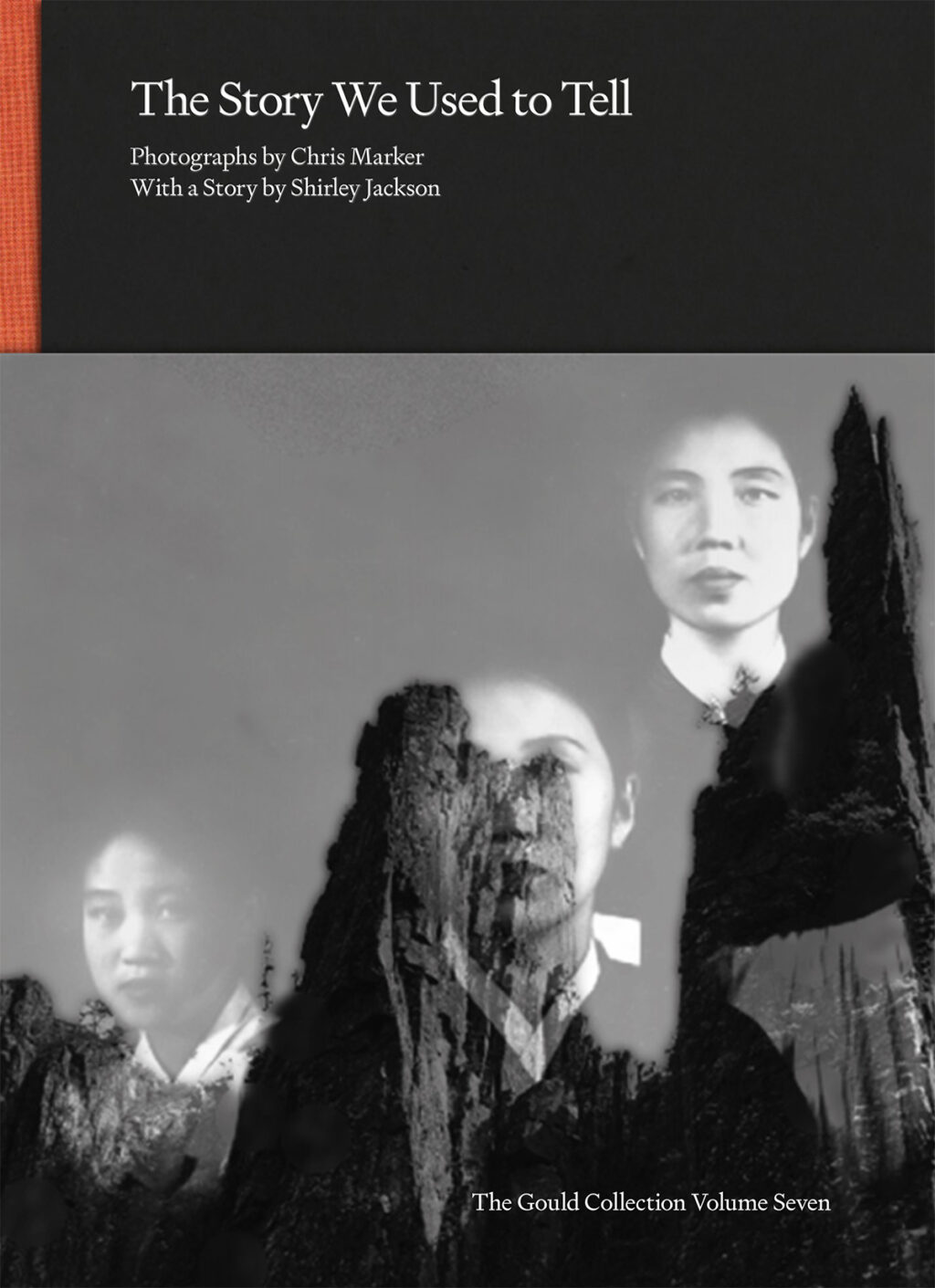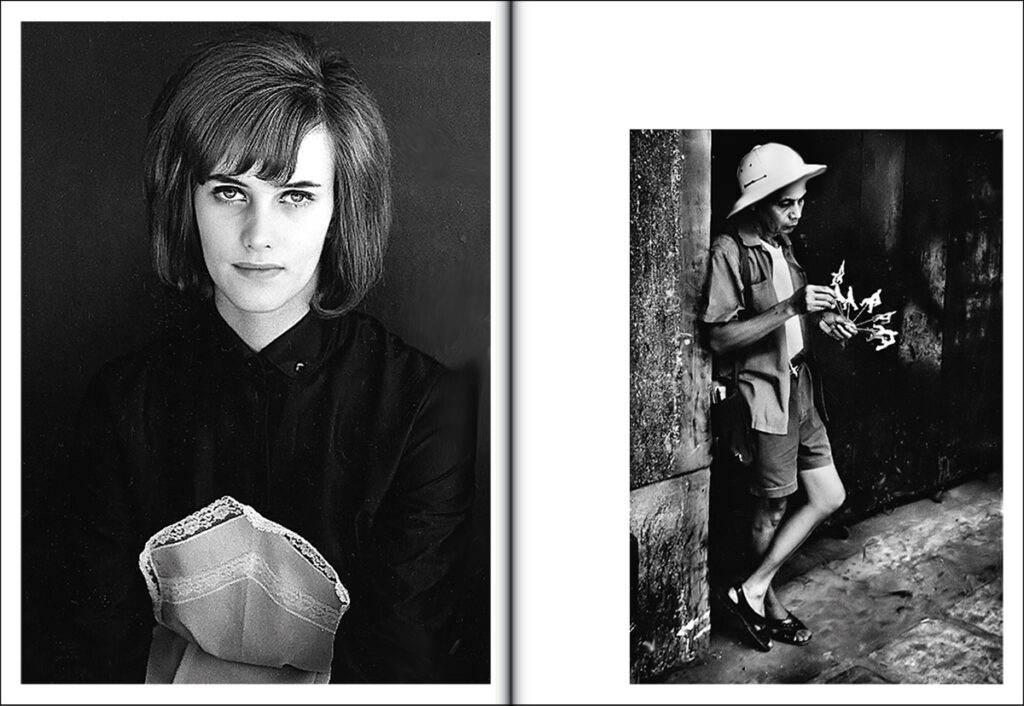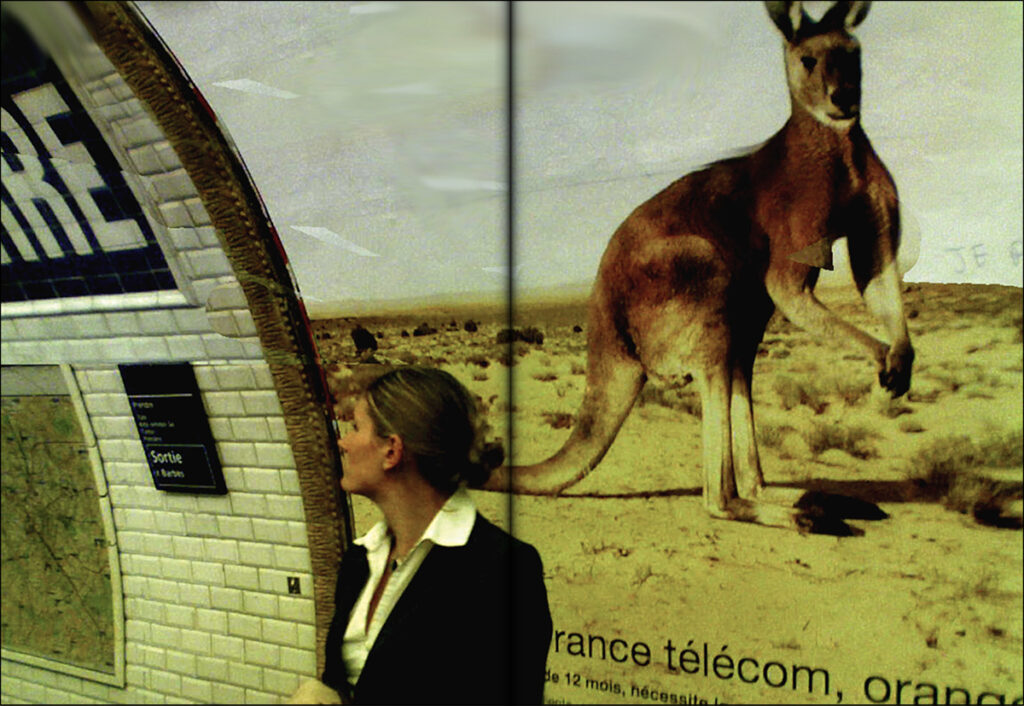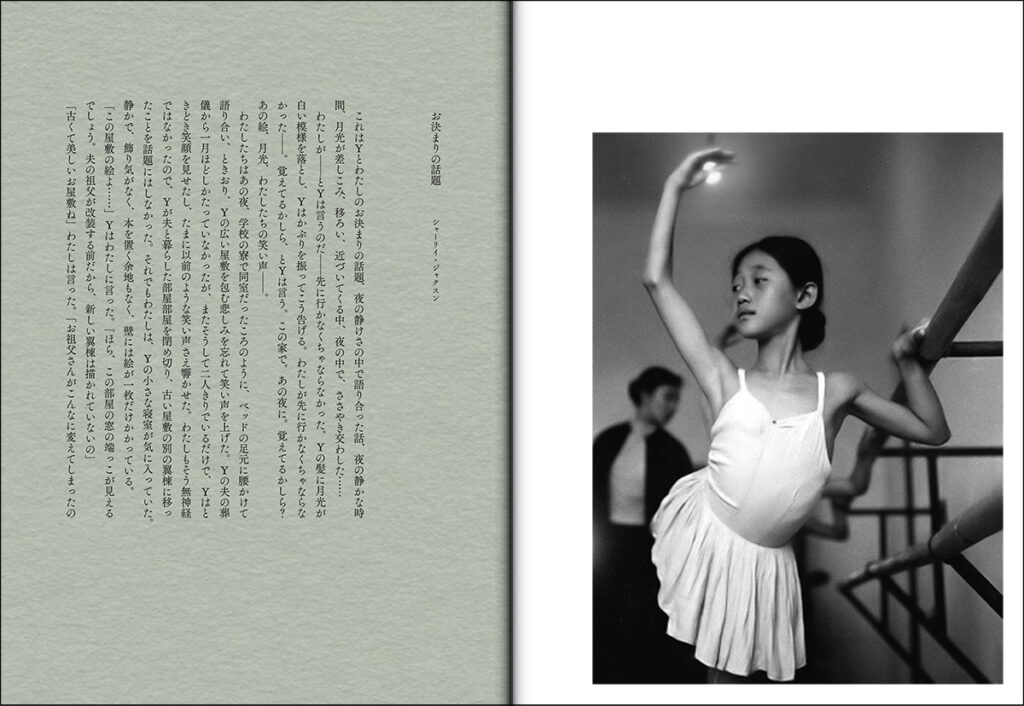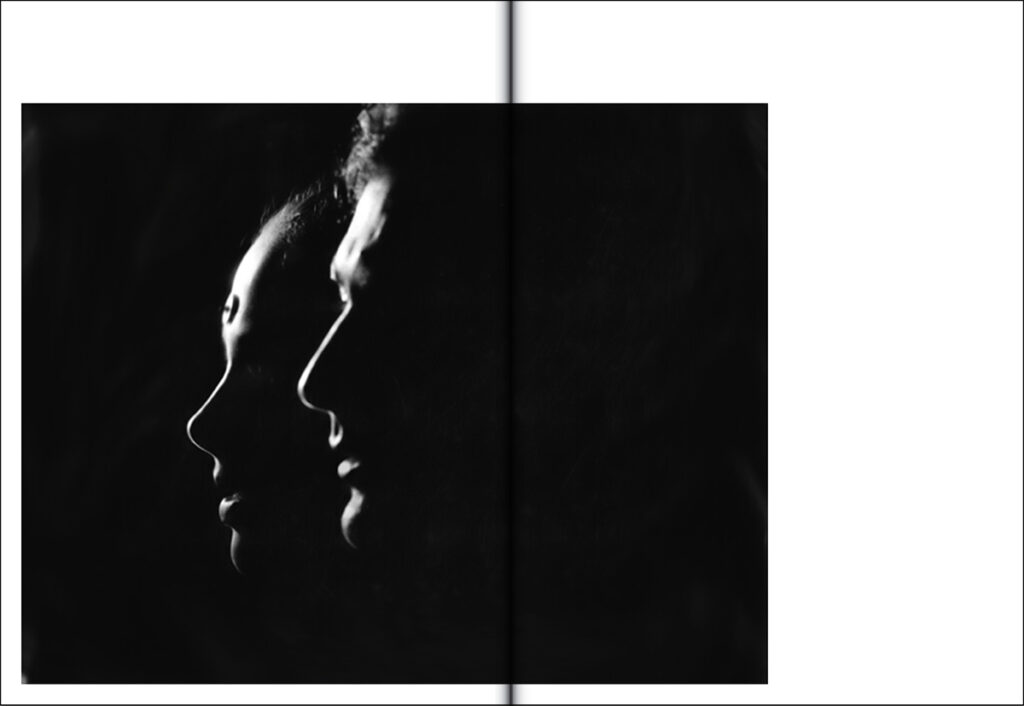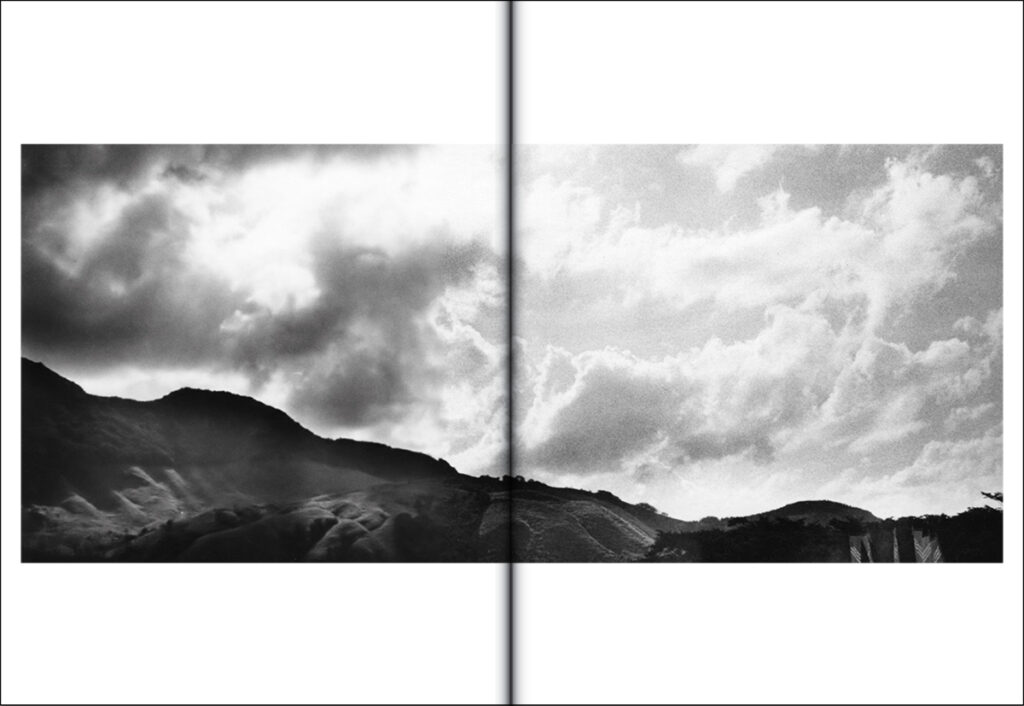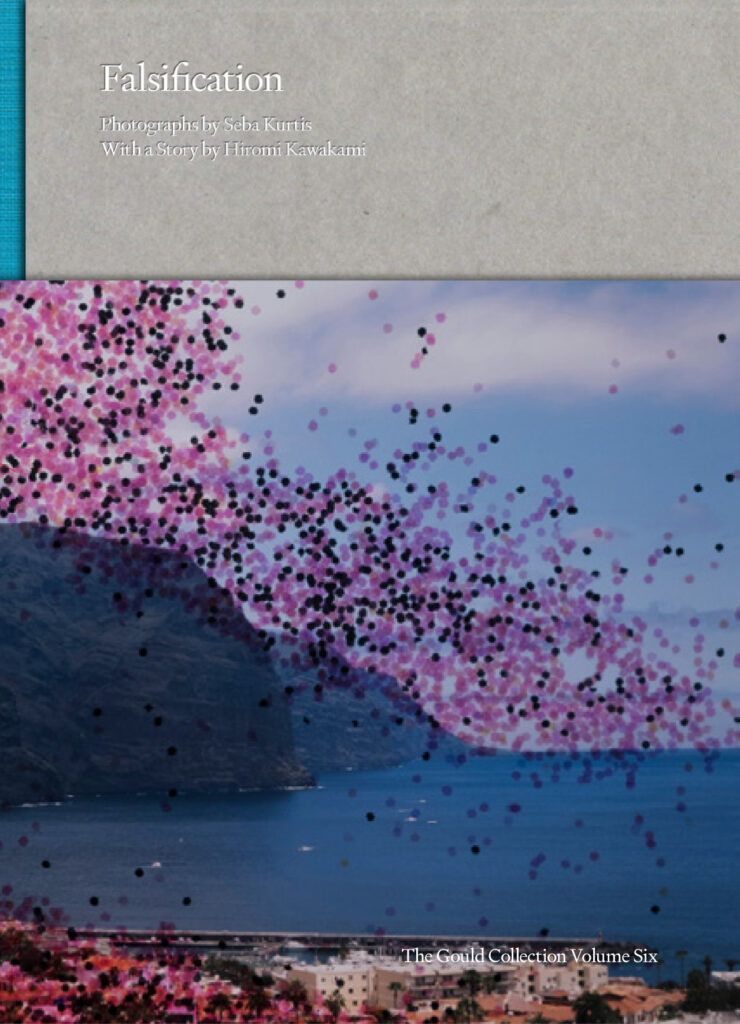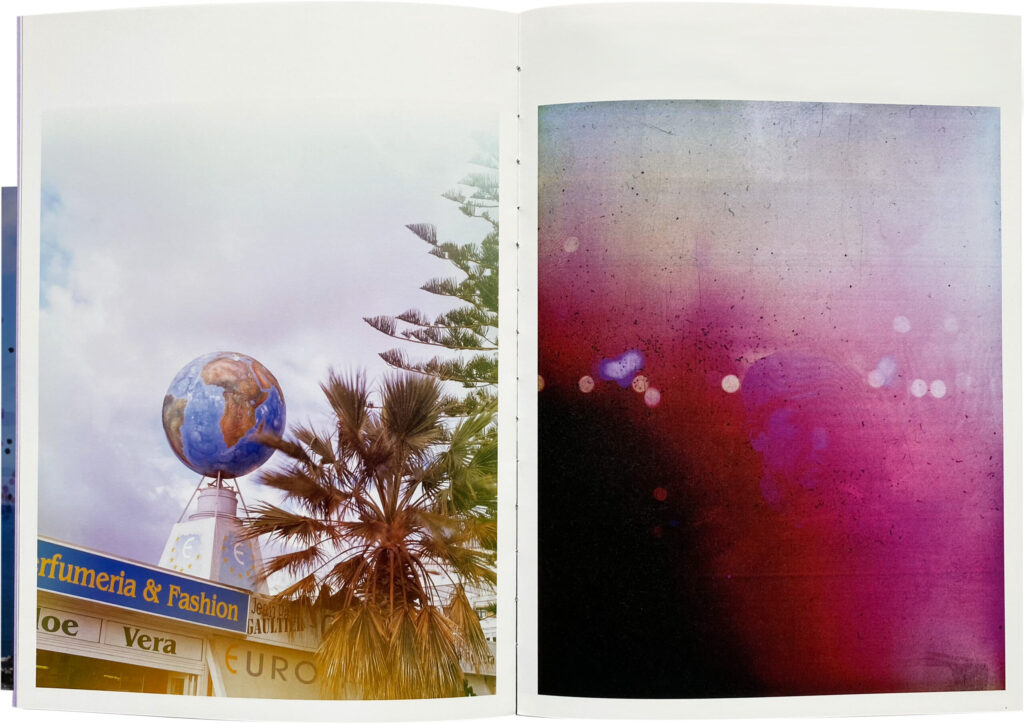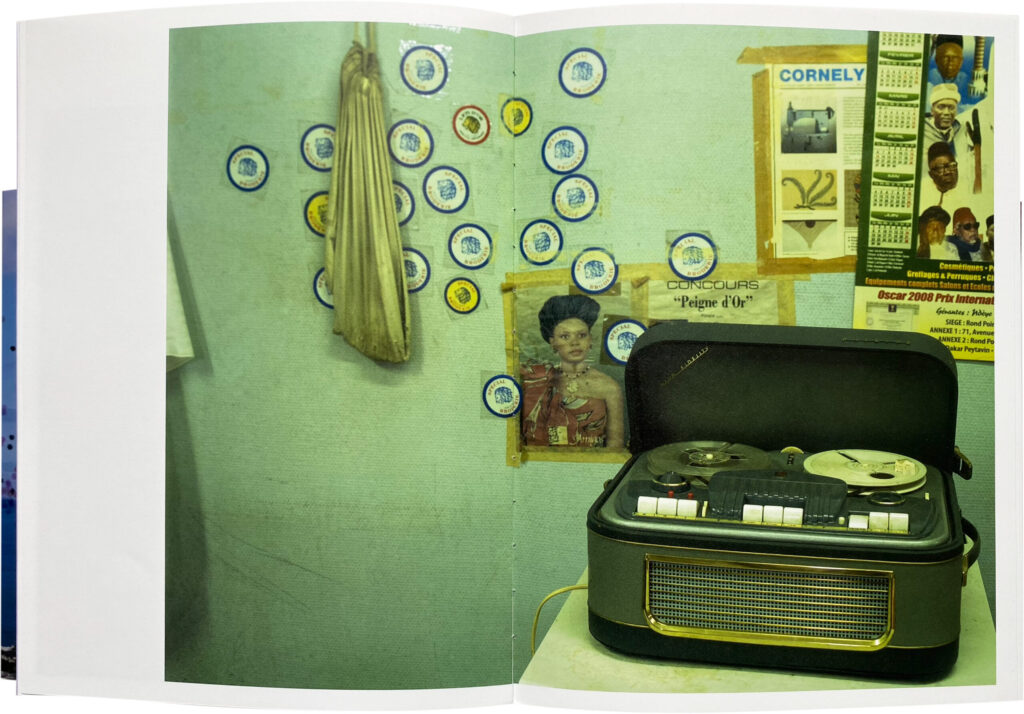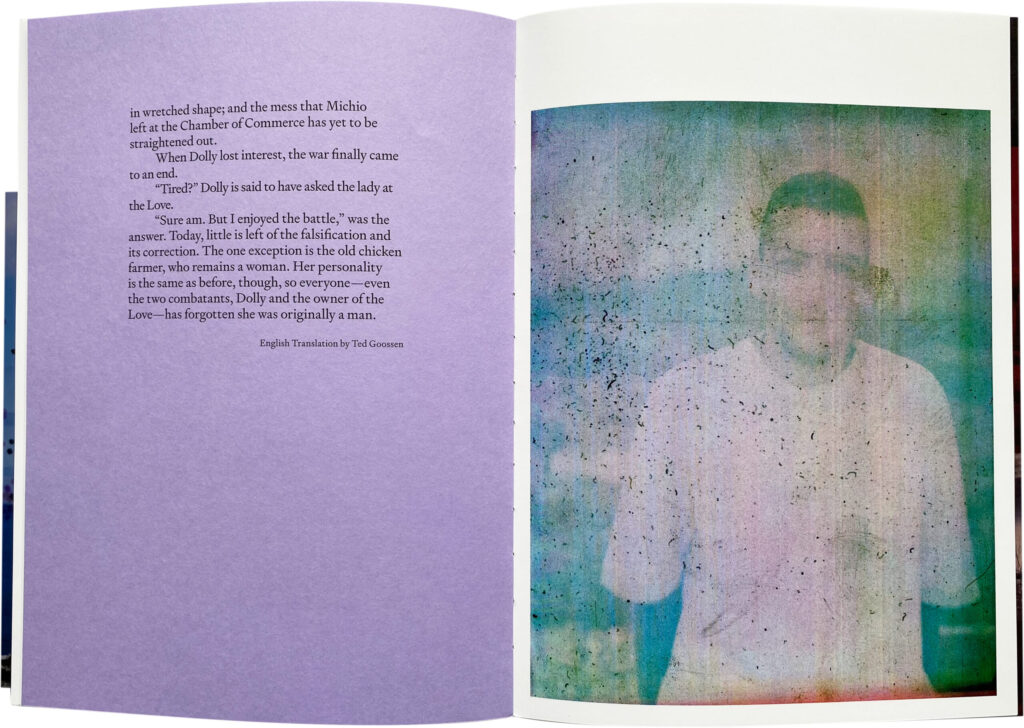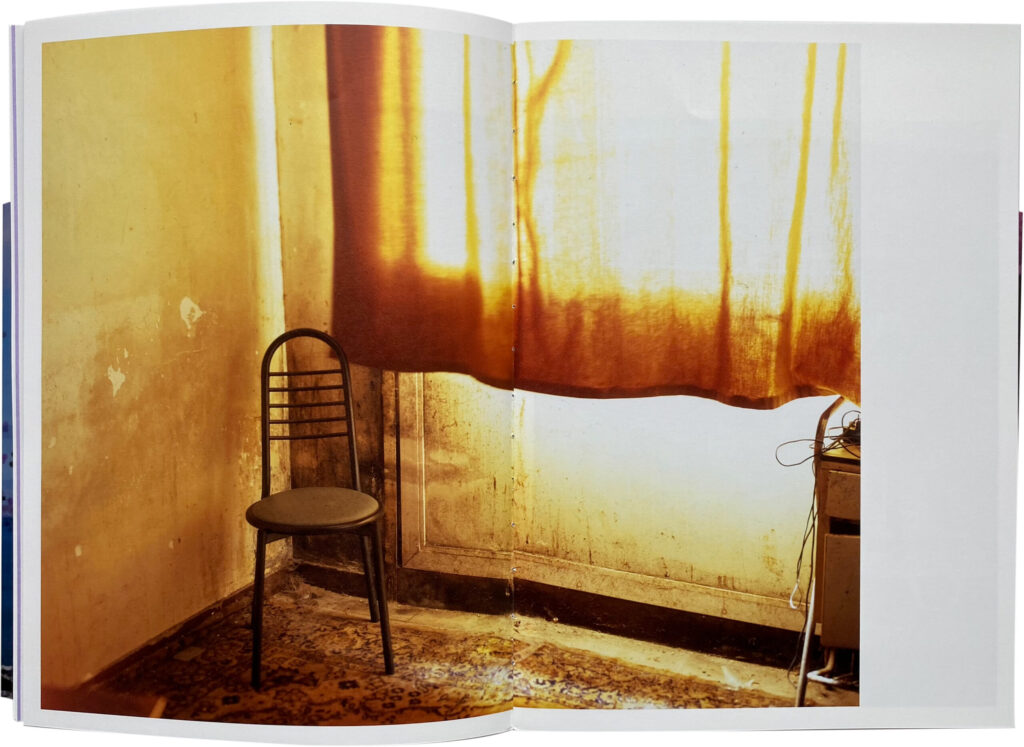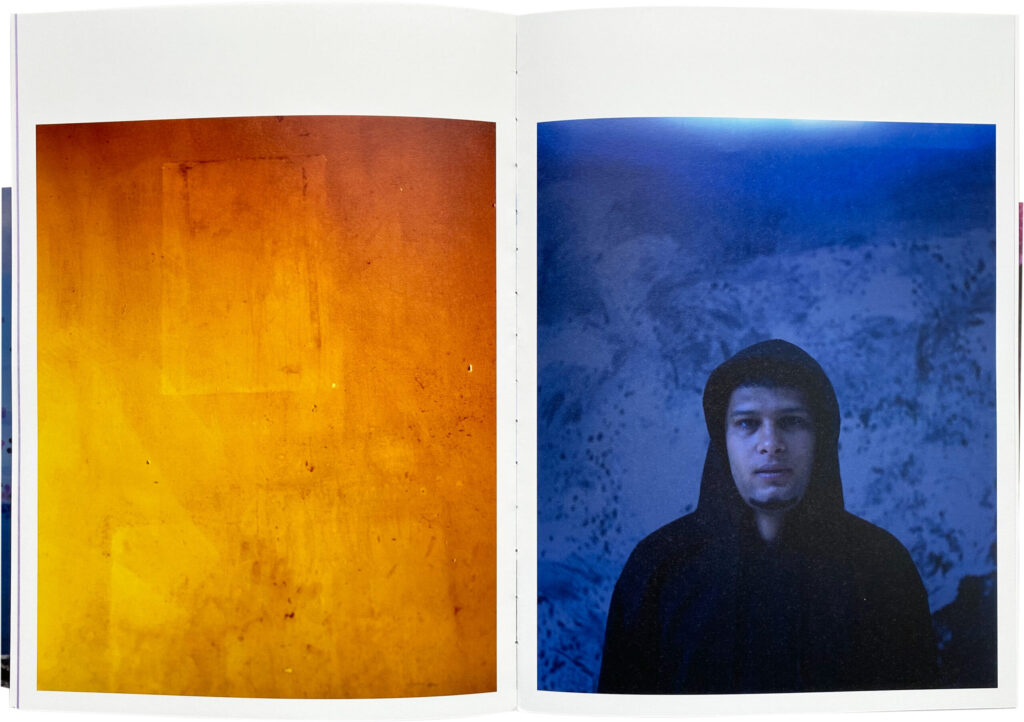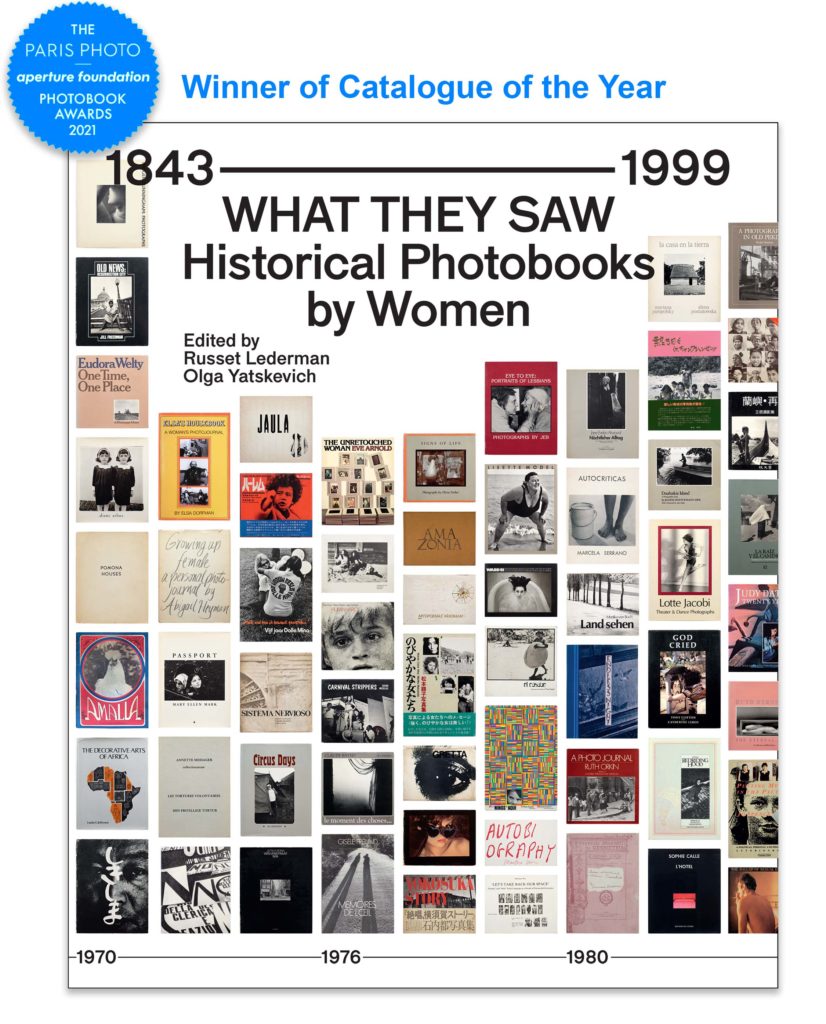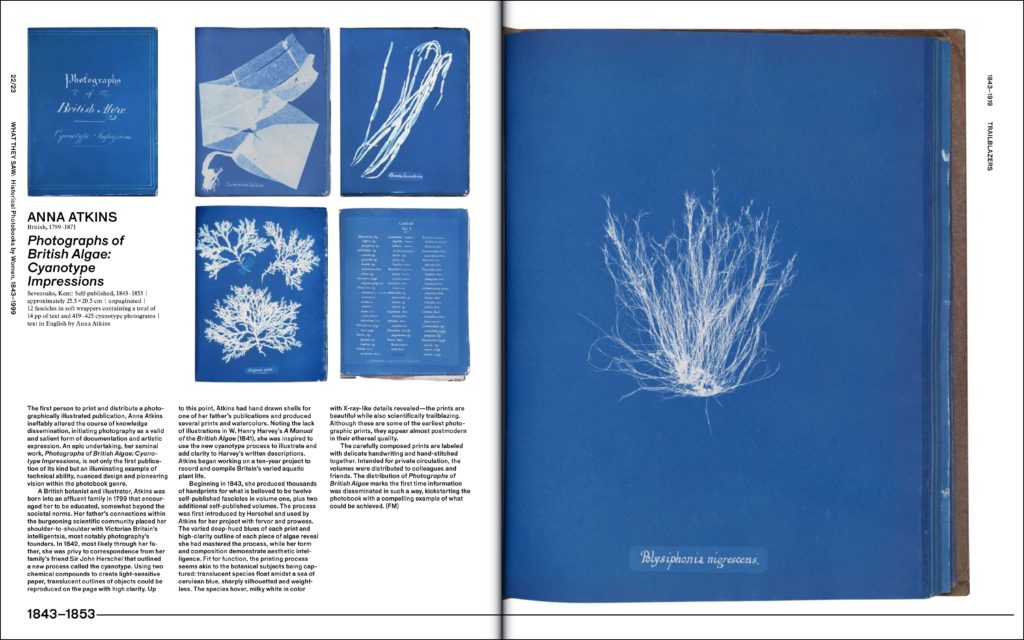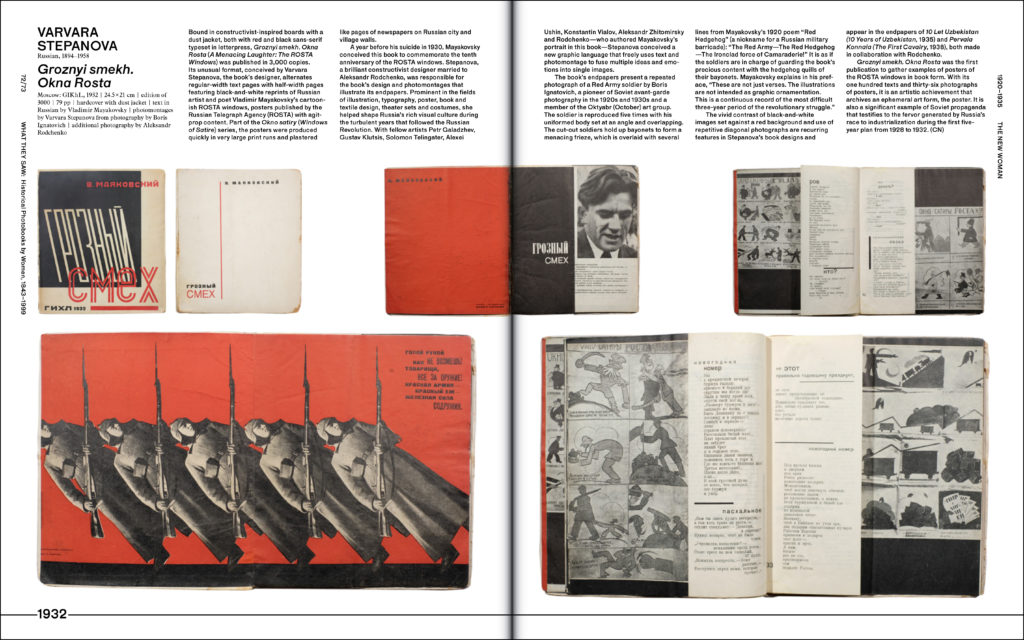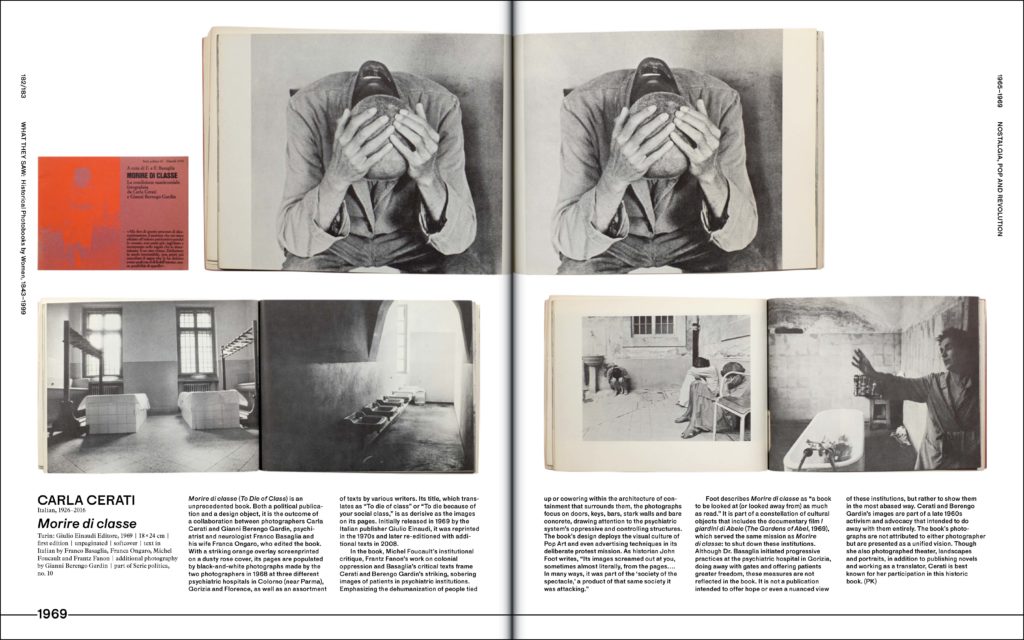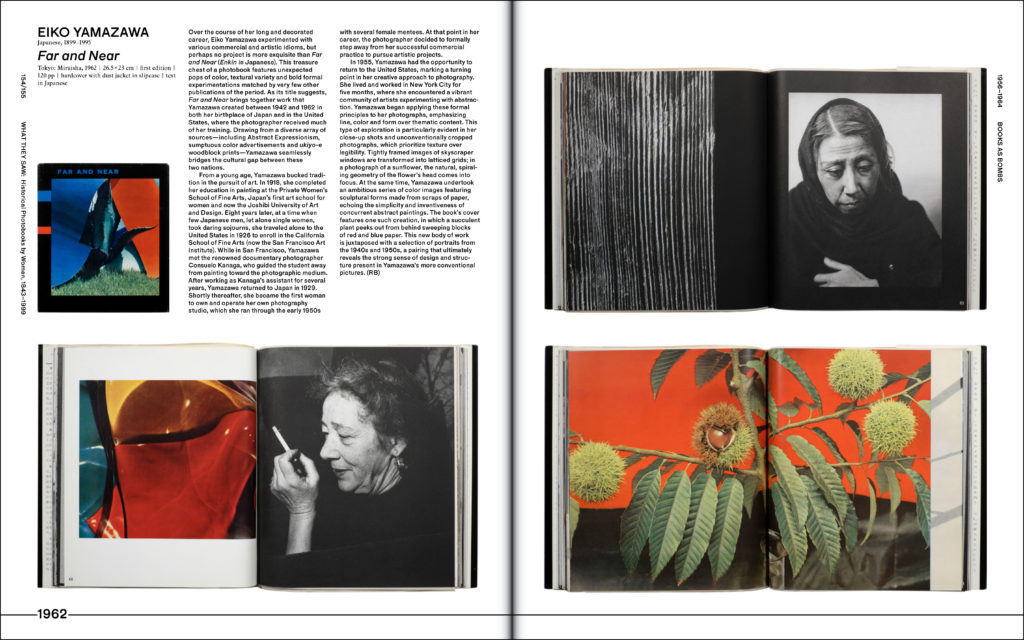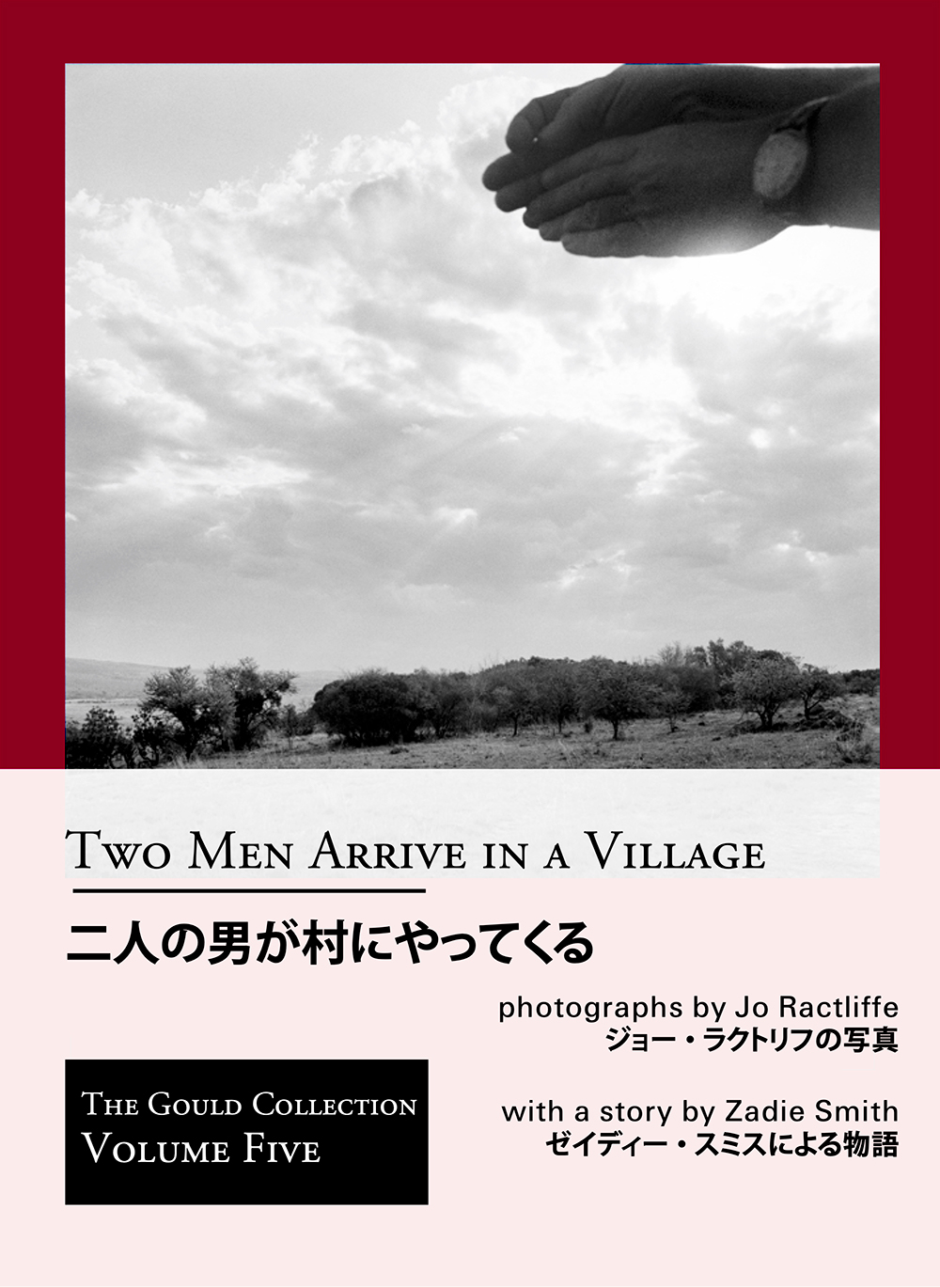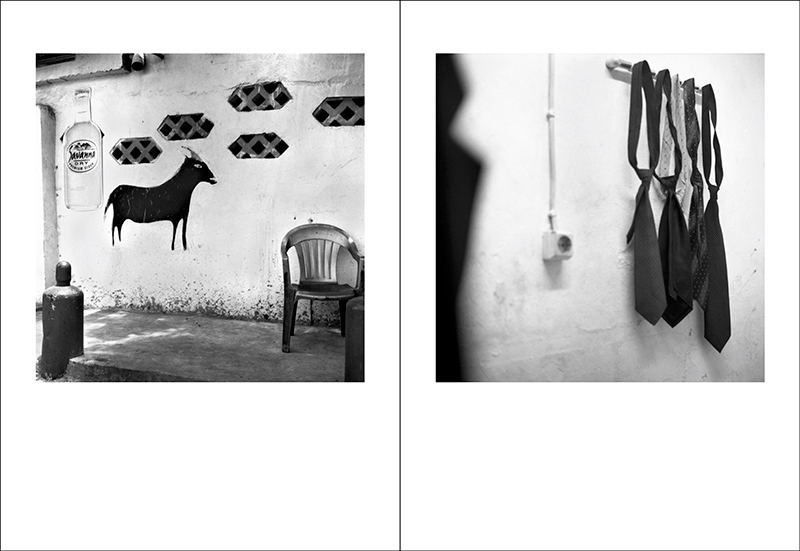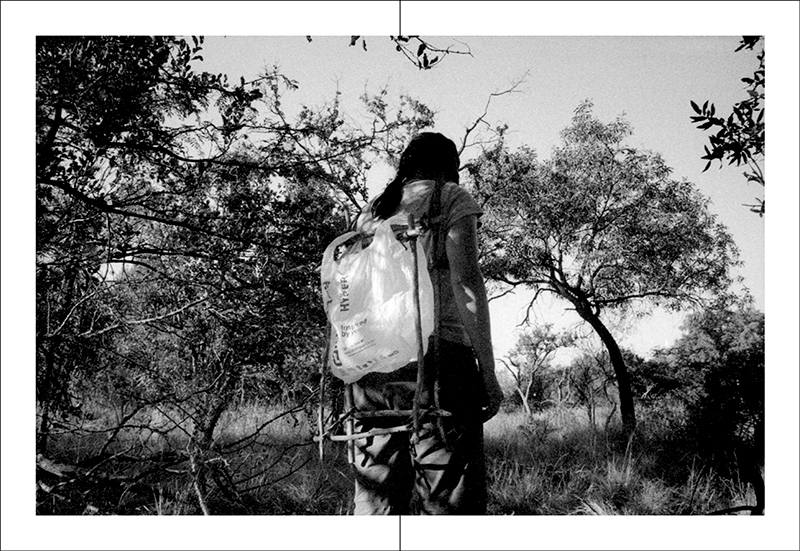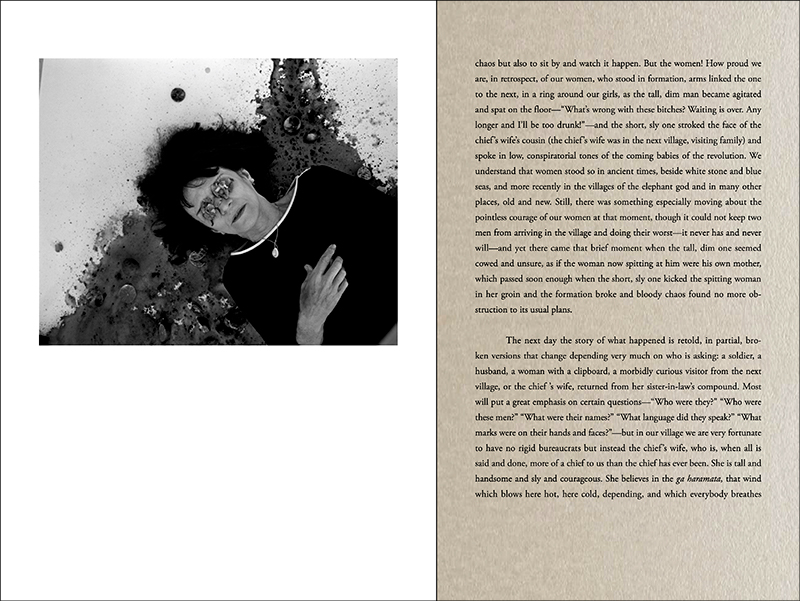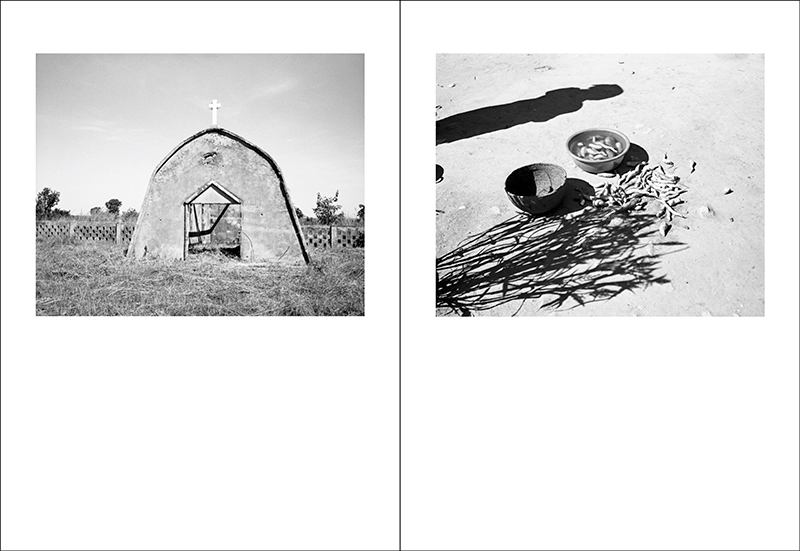Tereska and Her Photographer: A Story
By Carole Naggar with Photographs by David “Chim” Seymour
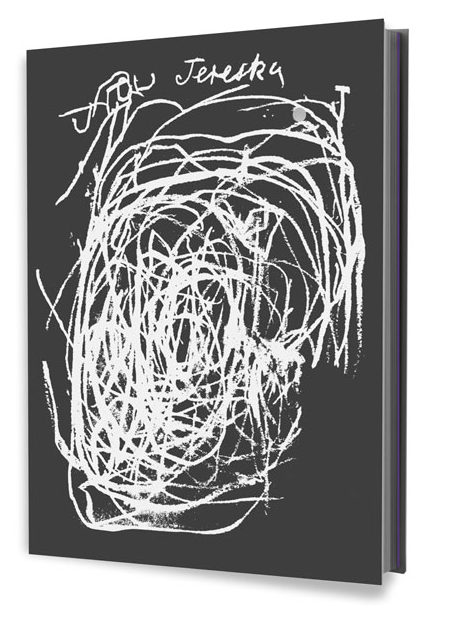
$50 Regular Edition (English version)
$260 Special Edition – Sold out
Plus shipping: $8 USA only; $26 rest of the world
Press:
Esprit by Miriam Rosen (November 2019)
L’Intranquille: revue de littérature by Jean Esponde (October 2019) Print Only
Collector Daily by Olga Yatskevich (May 2, 2019)
Sitaudis by Francois Huglo (May 13, 2019)
L’Oeil de la Photographie (March 7, 2019)
Tereska and her Photographer: A Story
By Carole Naggar with Photographs by David “Chim” Seymour
Published March 2019
English language edition published by Russet Lederman, Inc. (New York)
French language edition published by The Eyes Publishing (Paris)
106 pages; 72 images; 16.5 x 24 cm
Hardcover with silver foil stamped cover
Edited by Russet Lederman
Book design by Ricardo Bá́ez
Typographic design by Juan F. Mercerón
Edition of 700: 400 English language copies (ISBN 978-0-997359633); 300 French language copies (ISBN 979-10-92727302)
Special editions with a “Tereska” print stamped by the David “Chim” Seymour Estate and Magnum Photos; in a violet printed envelope.
Tereska and Her Photographer: A Story is a photobook that presents a fictional story by Carole Naggar about the extraordinary parallel lives of Magnum photographer and co-founder David “Chim” Seymour and Tereska Adwentowska, a young Polish girl who was the subject of Chim’s most famous photograph.
In September 1948, while on assignment for UNICEF to report on Europe’s children, Chim photographed Tereska at a primary school in Warsaw, Poland. Millions of readers saw Tereska’s picture when it was published in Life magazine in December of the same year, and were moved by her plight. She had received a shrapnel wound during the Wola massacre, and her image became emblematic of children’s fate during World War II. In the aftermath of the war, Chim tried to discover her full name and story. However, both Chim and Tereska met absurd deaths before ever meeting again.
Based on historical facts, Tereska and her Photographer is a fiction built as a small opera, where all the characters in Chim and Tereska’s lives bring their various voices to the narrative. They include: Tereska, Chim, Tereska’s parents (whose father was a Freedom Fighter during Warsaw’s Uprising), Doctor Stanislaw Wiktor Sierpiński (a survivor of Otwock’s massacre), Enrique Meneses, Jr. (a journalist who explored Chim and journalist Jean Roy’s deaths in Egypt), and several others. The book’s chronology is nonlinear, weaving vignettes from 1948 and the present with those from Chim’s youth and Tereska’s early childhood. David “Chim” Seymour’s photographs, along with several anonymous historical images, are inventively presented and arranged by award-winning book designer Ricardo Báez with striking typography by Juan Mercerón. PLEASE NOTE: This book has an intentional hole that runs from the front cover to the back cover. It is part of the book’s inventive design and symbolizes how David “Chim” Seymour died—shot by Egyptian military at the Suez Canal.
Carole Naggar has worked as a writer, curator, educator, and photography historian since 1971. She was a co-founder and special projects editor of Pixelpress (1999-2006) and is a regular contributor to Aperture magazine (1988-present) and Time Lightbox (2013-2017). She is currently the series editor for the Magnum Legacy Biography series, publishing biographies of Eve Arnold, Bruce Davidson and Inge Morath. She has published biographies of George Rodger, David “Chim” Seymour and Werner Bischof.
Among her recent publications are Saul Leiter: In My Room (Steidl, 2018), Magnum Photobook: Catalogue Raisonné, with Fred Ritchin (Phaidon, 2017), Voyage à Kyoto (PixelPress, 2015) and Bruno Barbey: Passages (La Martinière, 2015). Her memoir Récits Instantanés will be published in 2019. She is currently working on a book of photographs by George Rodger on the Bergen-Belsen camp.
David “Chim” Seymour (born Dawid Szymin, 1911–1956) is known for his images from the Spanish Civil War, for co-founding Magnum Photos with Henri Cartier-Bresson, Robert Capa and George Rodger, and for his project “Children of War” with UNICEF that captured the plight of children in the aftermath of World War II. Seymour became president of Magnum after Capa’s death in 1954 and held this post until his own death in 1956 by Egyptian machinegun in the aftermath of the Suez Crisis.
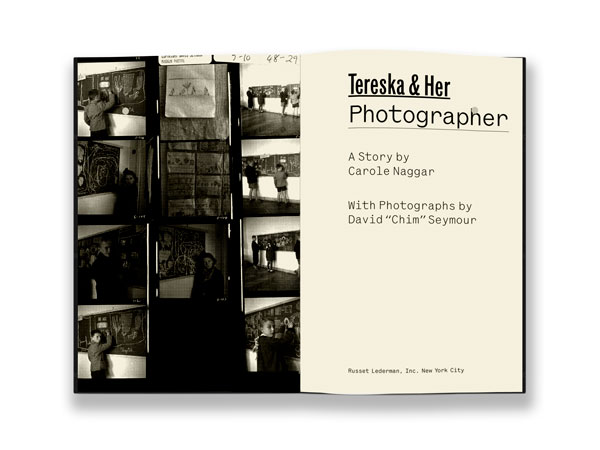

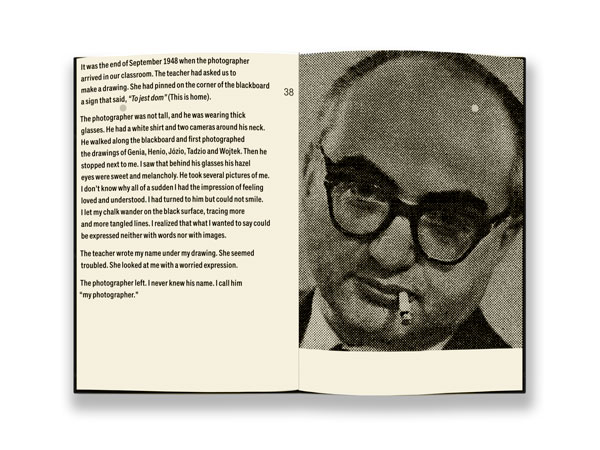
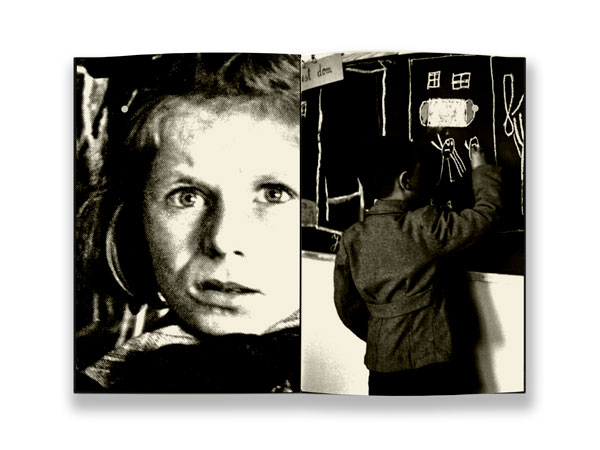
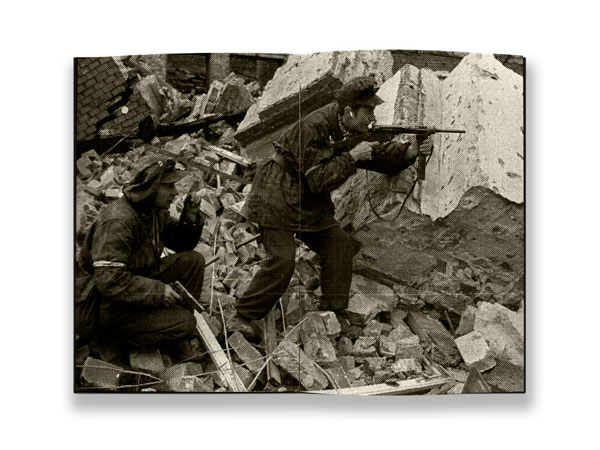
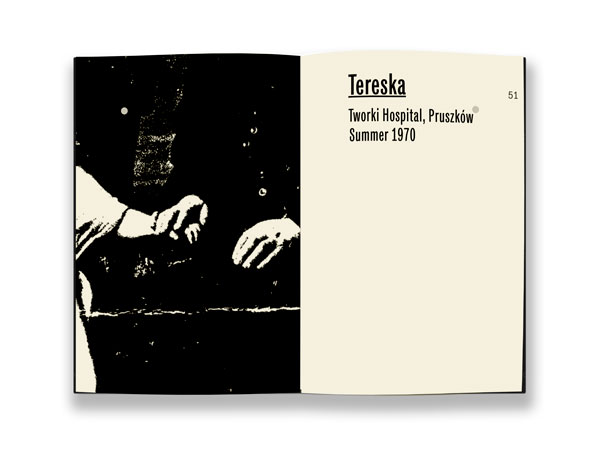
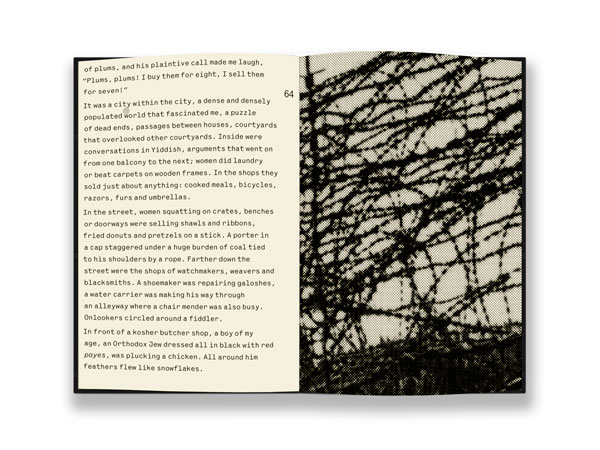
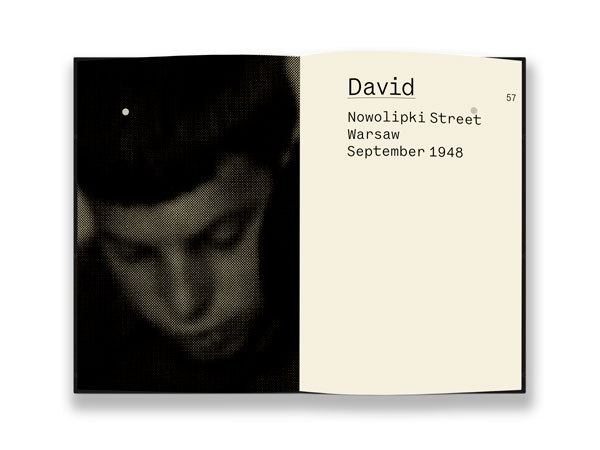
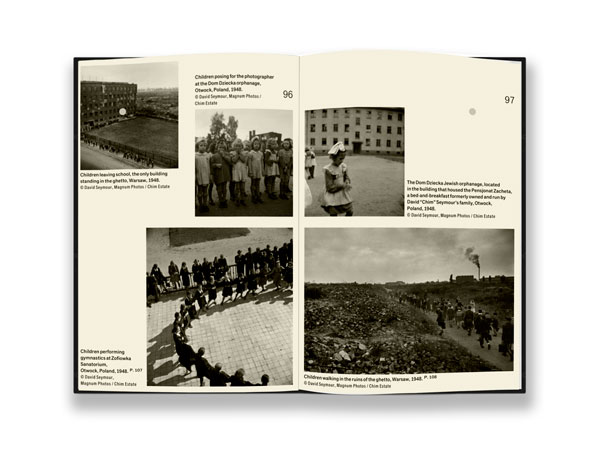

Read More
